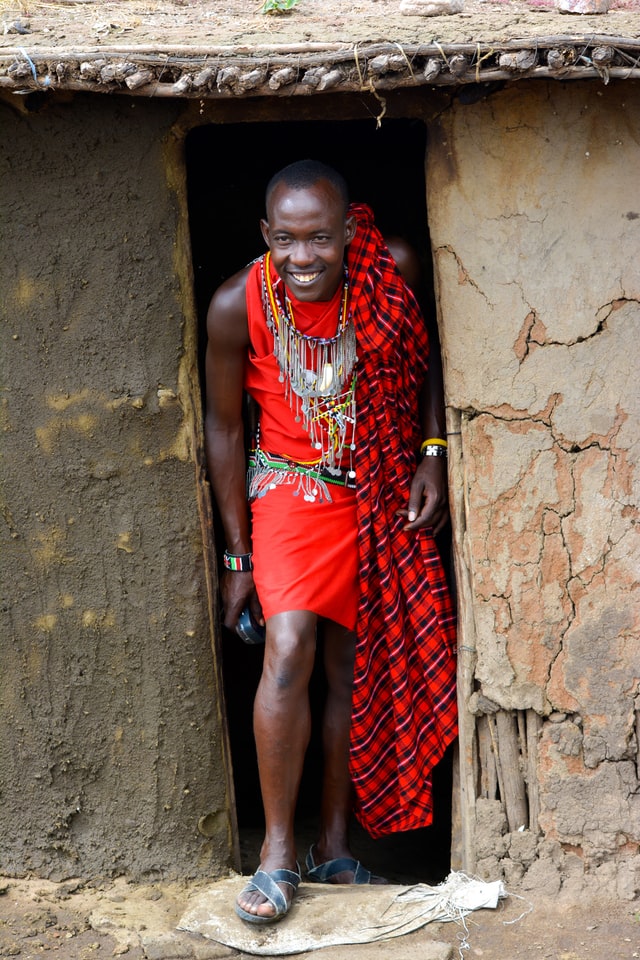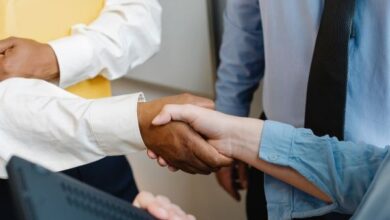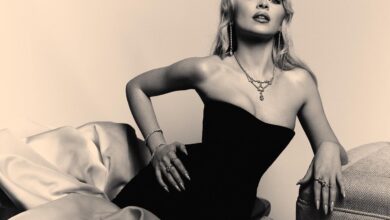The Maasai Tribe of Kenya: Culture, Traditions, and Unique Practices
Blood Drinking, Lion Hunting, The Way of The Maasai Tribe in Kenya

The Maasai Tribe of Kenya is one of Africa’s most iconic and fascinating indigenous communities. Known for their distinct customs, colourful attire, and unique practices, the Maasai have captivated the world for centuries.
From their warrior culture and nomadic lifestyle to traditional practices like blood-drinking and lion hunting, the Maasai’s way of life reflects a deep connection with the land and a strong sense of cultural identity.
This article explores the history, traditions, and unique aspects of Maasai culture, offering insight into one of Africa’s most resilient tribes.
Table of Contents
- Introduction to the Maasai Tribe
- Origins and History of the Maasai
- Traditional Maasai Culture and Lifestyle
- Blood-Drinking: The Role of Blood in the Maasai Diet
- Lion Hunting: The Maasai Warrior Tradition
- Maasai Clothing and Jewelry: Symbols of Identity
- Role of Cattle in Maasai Society
- Modern Challenges and the Future of the Maasai Tribe
- Conclusion: Preserving Maasai Culture
Introduction to the Maasai Tribe
The Maasai are a semi-nomadic ethnic group primarily found in Kenya and northern Tanzania. Known for their bravery, resilience, and deep-rooted customs, the Maasai live close to nature, relying on livestock for sustenance and preserving ancient traditions passed down through generations.
Origins and History of the Maasai
The Maasai people are believed to have migrated from the Nile Valley around the 15th century, eventually settling in the Great Rift Valley of Kenya and Tanzania.
Historically, the Maasai were formidable warriors and pastoralists, defending their territory from neighbouring tribes while expanding their land. Despite pressures from colonial powers and modern governments, the Maasai have preserved much of their cultural heritage and identity.
Also Read: African Safari in Kenya Nairobi; The 5 Best Safari Parks in Kenya to Explore
Traditional Maasai Culture and Lifestyle
The Maasai are known for their close-knit community structure, with each village operating as an independent social unit.
They practice a patriarchal system, where elders hold significant authority, guiding the community’s decisions and rituals. Maasai society is also structured into age-based groups, with each group responsible for certain tasks, such as herding, warrior duties, and later leadership roles.
Blood-Drinking: The Role of Blood in the Maasai Diet
Why Do the Maasai Drink Blood?
One of the most well-known Maasai traditions is the consumption of animal blood, primarily from cattle. Blood is considered a source of strength and is often mixed with milk or consumed raw.
This practice is especially common during ceremonies, after childbirth, and for the sick, as blood is believed to aid in healing and boost energy levels.
Cultural Significance
For the Maasai, cattle are more than just livestock; they represent wealth, status, and sustenance. Drinking blood reinforces their connection to the animals and symbolizes their resilience.
Although the practice may seem unusual to outsiders, it reflects the Maasai’s unique way of survival and adaptation to their environment.
Lion Hunting: The Maasai Warrior Tradition
The Historical Practice of Lion Hunting
Historically, the Maasai practised lion hunting, also known as ala-mayo, as a rite of passage for young warriors, or moran.
Successfully hunting a lion was a significant feat that demonstrated courage and strength, elevating a warrior’s status within the tribe. However, this practice has declined due to conservation efforts aimed at protecting endangered lion populations.
Transition to Conservation Efforts
In recent years, many Maasai communities have shifted their perspective on lion hunting, now focusing on wildlife conservation.
Organizations like the Lion Guardians work with Maasai warriors to protect lions rather than hunt them, promoting coexistence and recognizing the Maasai’s knowledge of the land.
Maasai Clothing and Jewelry: Symbols of Identity
The Maasai are renowned for their distinctive red clothing, or shúkà, and elaborate beaded jewellery. The colour red is culturally significant, symbolizing bravery and unity, while the intricate beadwork represents age, marital status, and social roles.
Maasai women typically create the jewellery, and each piece holds personal and cultural meaning, contributing to the tribe’s rich visual heritage.
Also Read: Discovering Amboseli National Park’ A Journey Through Kenya’s Wildlife Paradise
Role of Cattle in Maasai Society
Cattle are at the heart of Maasai society and are essential for both economic and social reasons. The Maasai measure wealth in cattle, which provide food, and clothing, and serve as dowries in marriage.
The pastoralist lifestyle of the Maasai centres around cattle, with herding determining their nomadic movements and daily routines.
Modern Challenges and the Future of the Maasai Tribe
Despite their resilience, the Maasai face numerous challenges in the modern world. Issues such as land pressure, drought, and conflicts over grazing rights threaten their traditional way of life.
Encroachment of protected areas, restrictions on nomadic movement, and limited access to healthcare and education have impacted Maasai communities. To address these challenges, some Maasai have begun integrating education and tourism initiatives to preserve their culture while adapting to modern demands.
Conclusion: Preserving Maasai Culture
The Maasai tribe stands as a symbol of strength, tradition, and cultural pride in Africa. As they navigate the pressures of modernity, the Maasai continue to inspire the world with their unique customs, resilience, and commitment to their heritage.

Efforts to protect and celebrate Maasai culture are crucial to ensuring that future generations can continue to learn from and be inspired by this extraordinary community.
References:





